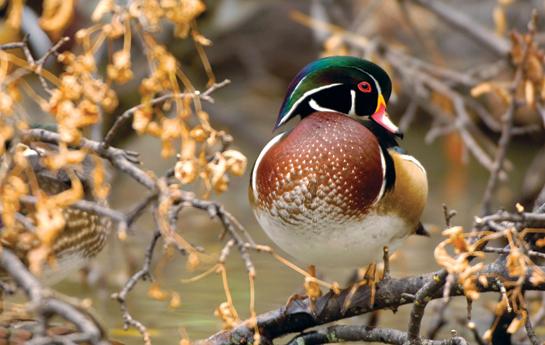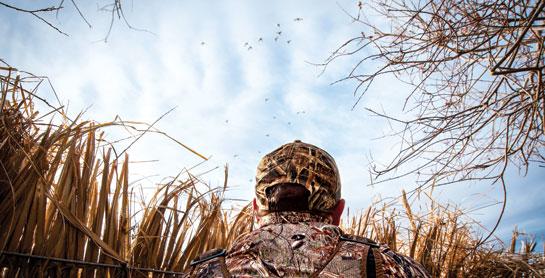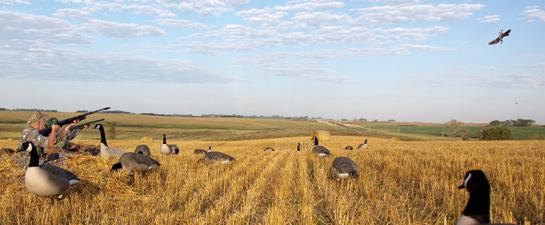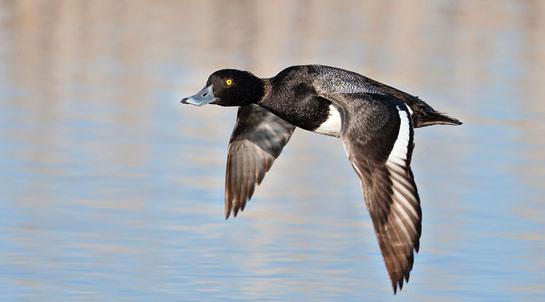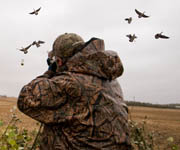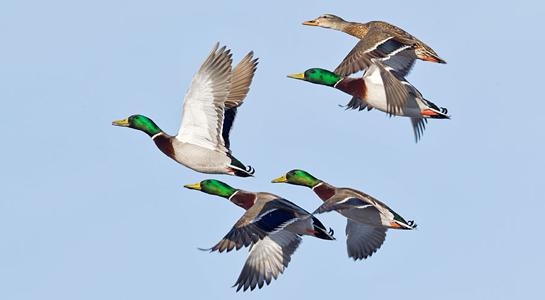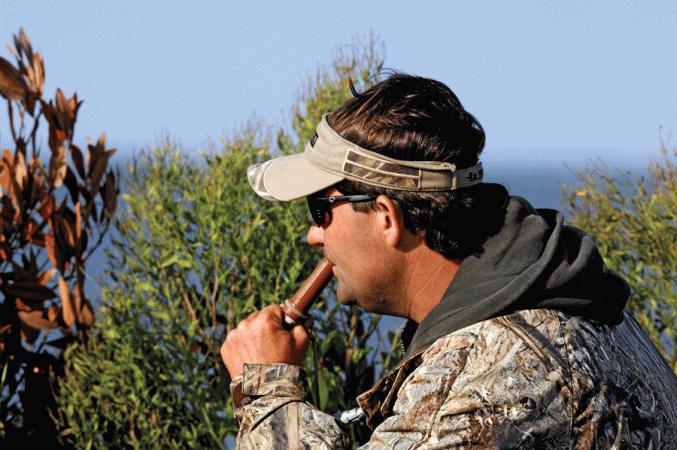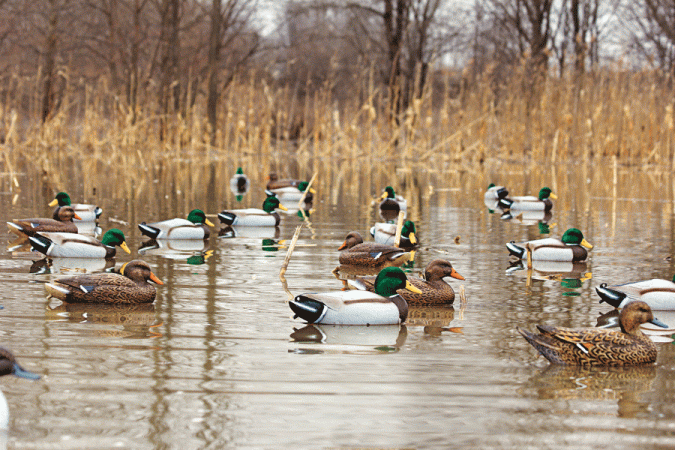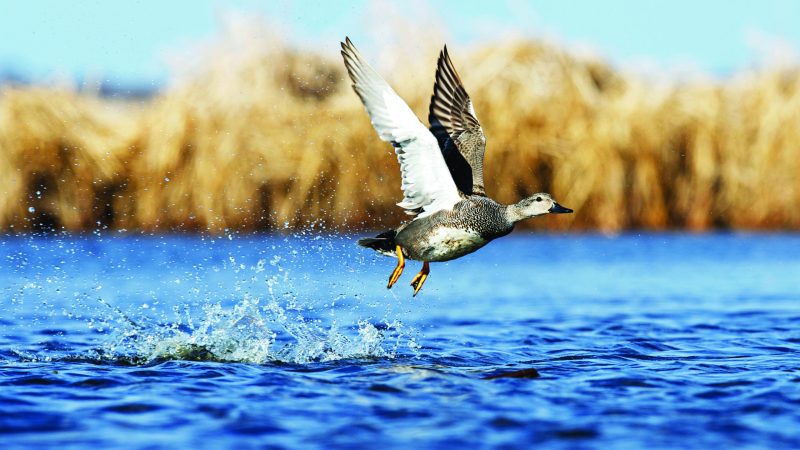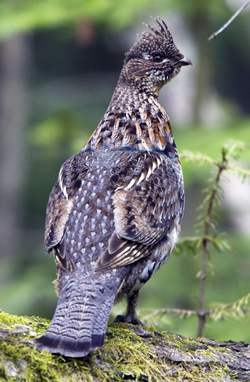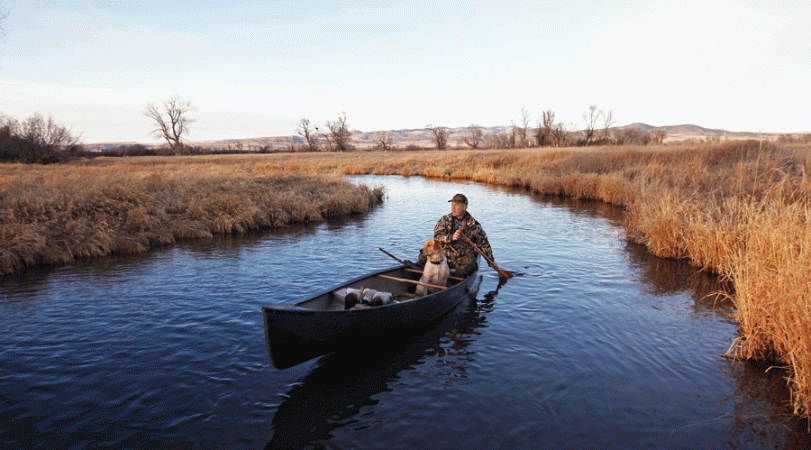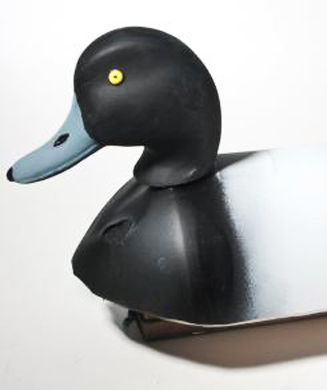As if their ornate plumage, cool calls, and occasional willingness to splash into a spread of decoys weren’t enough to entice you, wood ducks also offer the early-season duck hunter challenging wingshooting and fine table fare.
But hunting wood ducks with consistent success takes more than luck. Put these five steps to work on warm-weather woodies.
Get Woody Wisdom
Wood ducks are most comfortable when they are near or in cover. Look for sloughs, potholes, ponds, backwaters, ditches, and sluggish creeks with emergent vegetation that wood ducks could retreat to and hide in.
Wood ducks also love woody snags, stickups, stumps, downed branches, and toppled trees–places where the birds can get out of the water but still be over it while resting, primping, and preening. You don’t get to look that good by spending all day in the water.
Start your scouting well before the season begins. Watch and listen for flying ducks at dawn. Make daytime sneaks into the kinds of habitat described above and look for woodies you can hunt come opening day. Identify setup spots for different winds.
Set Your Blocks
Wood ducks travel in small groups, so don’t toss out a massive spread. Seven to maybe nine blocks is enough. Use wood duck decoys. Where legal, add a wing-spinner.
Here’s a good setup. Utilize a crosswind (right to left is ideal if you shoot right-handed) and place a loose pod of decoys just upwind (right) of you, next to but not quite in cover. Stick a wing-spinner at the pod’s tail end, nearest you. Woodies will want to swing around and come into the breeze, buzzing your set or trying to land in the open water in front of you.
Speak Their Language
Wood ducks want to hear wood duck sounds. Use a call such as Haydel’s W-81 (haydels.com) or Big Lake Duck Calls’ Perfect Woodie (biglakeduckcalls.com), and make the birds’ telltale woo-eek, woo-eek, woo-eek squeals to attract attention from passing ducks.
If the birds land somewhere else, lure them into range with soft sw-eet, sw-eet, sw-eet whistles–try a Buck Gardner 6N1 whistle (buckgardner.com). Stand up and flush the birds to take your shot.
**
Shoot Smart, Shoot Fast**
Wood ducks won’t make multiple swings. They’ll either cup their wings and come careening in, or they’ll scream past for one look. Be smart and aggressive: Shoot fast at the first good opportunity.
Wood ducks dodge, dart, and juke, and they’re quick too. Swing through and keep the barrel moving on buzzing birds–think butt-bird-beak-bang. Load up with fast-shooting steel in No. 5 early on and No. 4 later, when thicker-feathered migratory birds come through.
**
Care for the Meat**
A duck thrown into the slop and reeds for a few hours on a warm day is going to taste just as bad as you treated it. Instead, carry a small (camouflaged) cooler with plenty of ice, plus room for ducks.
Early-season wood ducks feed on tender tubers, nutritious seeds, and succulent greens, and their delicate, light red meat is tender, mild, and juicy. Care for it well and you will enjoy the best duck eating of autumn.
